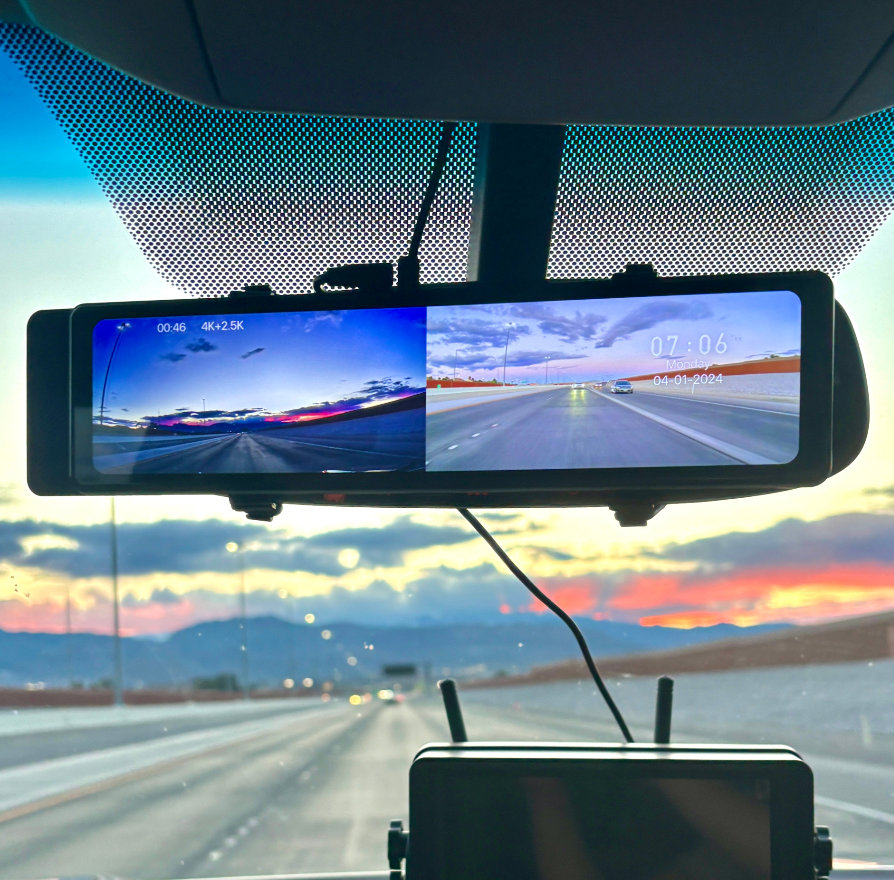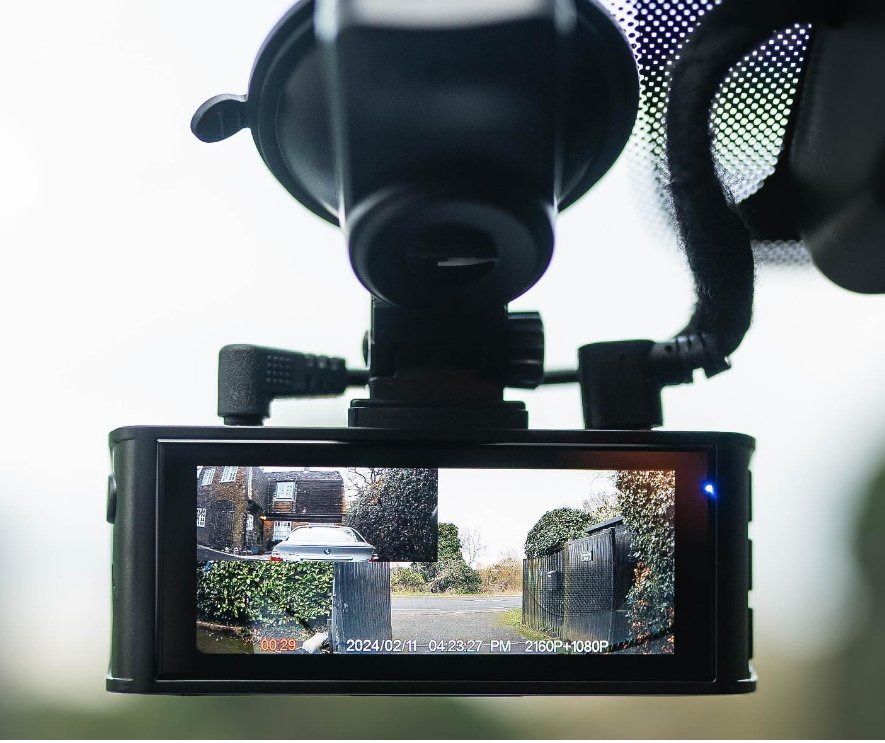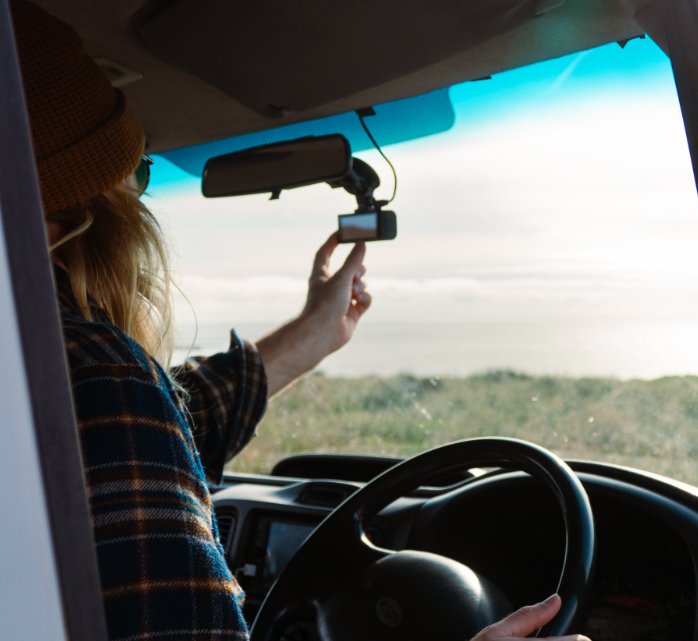Does dashcam need charging?

Dashcams have become an essential tool for modern drivers, providing a reliable way to capture crucial moments on the road. However, a common question that arises is whether dashcams need charging. Let's dive into this topic and explore the various methods of powering dashcams, including the option of hardwiring.
How Does a Dash Cam Get Charged?
Dashcams are typically designed to be powered continuously while your vehicle is running. They are directly connected to your car's electrical system, drawing power from the vehicle's battery. This ensures that the dashcam is always ready to record without the need for separate charging.
Methods of Getting a Dash Cam Charged
There are mainly two methods of powering a dash cam:
- Connecting to the Cigarette Lighter: Most dash cams come with a power cable that can be plugged into your vehicle's cigarette lighter or accessory socket. This provides a simple way to power the dash cam, but keep in mind that the camera will only record when the car is running. However, many advanced dash cams, like the Redtiger dash cam, provide a parking monitor function, which needs the dash cam to be still charged during parking. That's when you need another method to keep your dash cam charged while the vehicle is parked.
- Hardwiring: Hardwiring involves connecting the dash cam directly to your car's fuse box or electrical system. This method offers a continuous power supply, even when the car is parked, allowing the dash cam to record in parking mode. However, it's important to note that hardwiring your dash cam is not as simple as just plugging in a cable. You have to locate the fuse box, identify the right fuse slots, and connect the appropriate ports to ensure proper power supply and functionality. This may require some knowledge of your vehicle's electrical system or even professional assistance to ensure a safe and accurate installation.
How to Hardwire a Dash Cam for parking mode.
Hardwiring your dash cam provides a permanent power source, enabling features like parking mode. To hardwire your dash cam, follow these general steps:
- Identify a suitable fuse slot in your vehicle's fuse box.
- Connect the dash cam's hardwire kit to the chosen fuse slot.
- Attach the ground wire to a metal part of the vehicle.
- Route the wires neatly along the interior panels.
- Your dash cam will now have a continuous power supply for parking mode recording.

Does Hardwiring a Dash Cam Drain the Battery?
When properly installed, hardwiring a dash cam should not significantly drain your vehicle's battery. Dash cams are designed to consume minimal power during parking mode to avoid battery depletion. However, it's essential to ensure that the installation is done correctly to prevent any unwanted power drain.
Difference Between Hardwiring and Using an External Battery: Hardwiring provides a continuous power supply to your dash cam, ensuring that it remains operational even when your car is parked. This is crucial for advanced functions like parking mode, which requires constant power to capture any incidents while your car is unattended. On the other hand, using an external battery offers a separate power source that can be convenient for vehicles that don't support hardwiring or if you want to avoid drawing power from your car's battery.
However, it's important to note that while an external battery provides portability and flexibility, it might not support certain advanced dash cam functions that rely on a continuous power supply, such as parking mode or other surveillance features. Before opting for an external battery, make sure to understand the compatibility with your dash cam's features and the battery's capacity to meet your recording needs. In contrast, hardwiring is a more permanent solution that ensures uninterrupted operation of all dash cam functionalities, making it ideal for those who require comprehensive coverage and protection.
Does a dash cam need to be plugged in all the time?
Yes, a dash cam typically needs to be plugged in all the time to ensure continuous operation. Most dash cams are designed to start recording as soon as the vehicle's ignition is turned on and stop recording when the ignition is turned off. This constant power supply is essential for capturing footage of your journeys and potential incidents on the road.
However, it's important to note that some advanced dash cams come with additional features that can affect their power requirements. For instance, the G-sensor function, which detects sudden motions or impacts, can automatically trigger the dash cam to start recording and lock the video to prevent it from being overwritten.
Additionally, in parking mode, some dash cams utilize loop recording with a lower recording resolution. This helps conserve space on the SD card, as parking mode recording can continue for extended periods when the vehicle is parked. This loop recording ensures that the dash cam always has recent footage available, without consuming excessive storage.
While a dash cam needs to be plugged in most of the time to perform its primary functions, the specific requirements can vary based on the features and capabilities of the dash cam model you are using, especially when features like parking mode, G-sensor, and loop recording are involved.
Conclusion
In conclusion, a dash cam does not need charging in the traditional sense, as it draws power from your vehicle's electrical system. While connecting it to the cigarette lighter is convenient, hardwiring offers the advantage of continuous power supply, enabling parking mode recording. Consider your driving habits and requirements to choose the best method of powering your dash cam.



